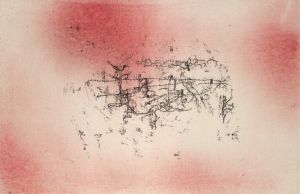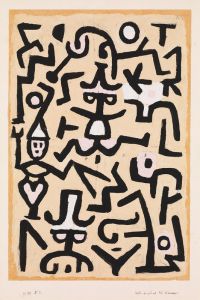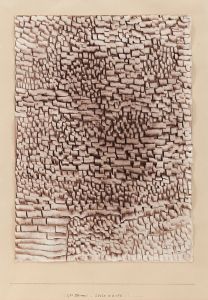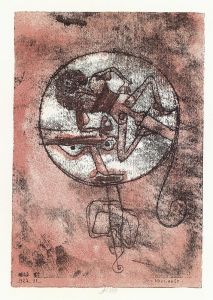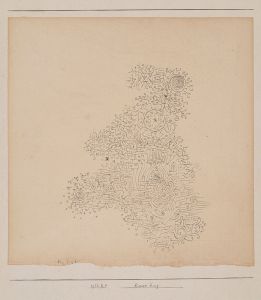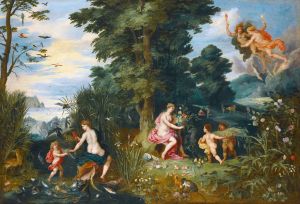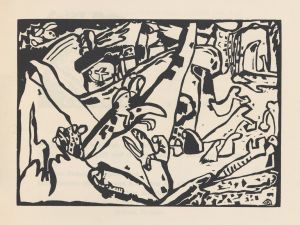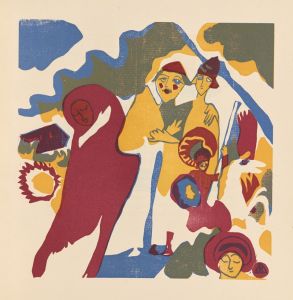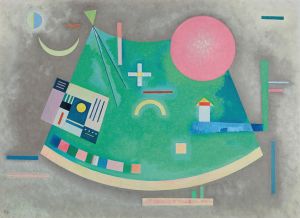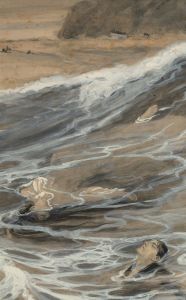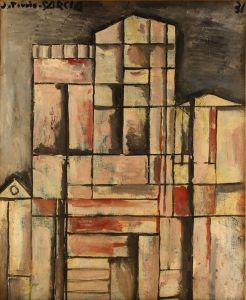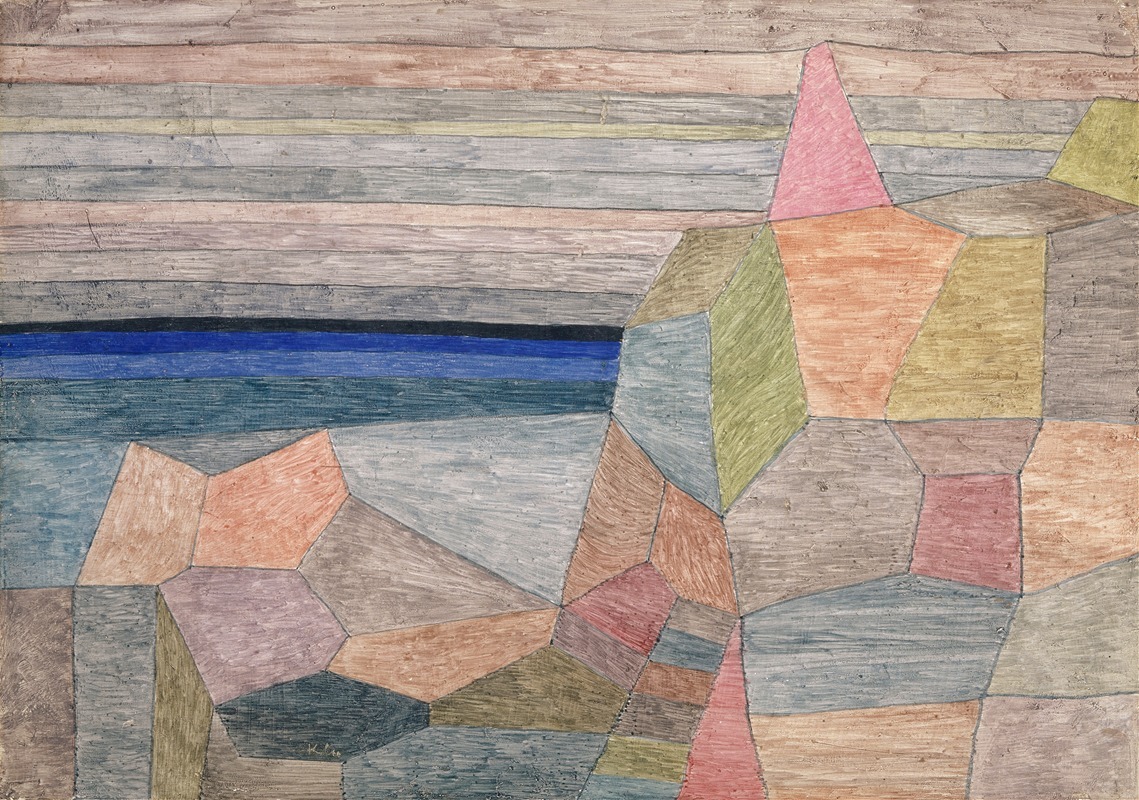
Promontorio Ph
A hand-painted replica of Paul Klee’s masterpiece Promontorio Ph, meticulously crafted by professional artists to capture the true essence of the original. Each piece is created with museum-quality canvas and rare mineral pigments, carefully painted by experienced artists with delicate brushstrokes and rich, layered colors to perfectly recreate the texture of the original artwork. Unlike machine-printed reproductions, this hand-painted version brings the painting to life, infused with the artist’s emotions and skill in every stroke. Whether for personal collection or home decoration, it instantly elevates the artistic atmosphere of any space.
Paul Klee was a Swiss-born artist known for his highly individual style that was influenced by movements in art that included Expressionism, Cubism, and Surrealism. His work is characterized by a unique use of color and a whimsical, childlike quality that often belies a deeper complexity. One of his works, "Promontorio Ph," is a testament to his distinctive approach to art.
"Promontorio Ph" was created in 1927, during a period when Klee was teaching at the Bauhaus, a revolutionary school of art, design, and architecture in Germany. The Bauhaus was known for its innovative approach to art education, emphasizing the unity of art, craft, and technology. Klee's tenure at the Bauhaus was a prolific time for him, and he produced many works that explored the relationship between color and form.
The painting "Promontorio Ph" is a fine example of Klee's exploration of abstract forms and his interest in the interplay of color. While specific details about the painting's dimensions and current location are not widely documented, it is known that Klee often worked on a modest scale, using materials such as oil paint, watercolor, and ink on paper or canvas.
Klee's work often drew inspiration from a variety of sources, including music, nature, and his own personal experiences. His interest in music, in particular, is evident in the rhythmic and harmonious qualities of his compositions. In "Promontorio Ph," Klee uses a combination of geometric shapes and organic forms, creating a sense of movement and balance that is reminiscent of a musical composition.
The title "Promontorio Ph" suggests a landscape or a geographical feature, which is a common theme in Klee's work. He often used abstract forms to evoke the essence of a place or a natural phenomenon, rather than depicting it in a literal way. This approach allows viewers to engage with the work on a more intuitive level, drawing their own interpretations and emotional responses.
Klee's use of color in "Promontorio Ph" is particularly noteworthy. He was known for his innovative color theories, which he developed during his time at the Bauhaus. Klee believed that color had its own language and could be used to convey emotions and ideas in a way that was independent of form. In this painting, he employs a palette that is both vibrant and subtle, using contrasting hues to create depth and interest.
"Promontorio Ph" exemplifies Klee's ability to blend abstraction with a sense of narrative, inviting viewers to explore the painting's layers of meaning. His work continues to be celebrated for its originality and its ability to transcend traditional boundaries of art.
Paul Klee's legacy as an artist is significant, and his influence can be seen in the work of many contemporary artists. His innovative approach to color and form, as well as his ability to infuse his work with a sense of playfulness and wonder, ensures that his art remains relevant and inspiring to this day.





